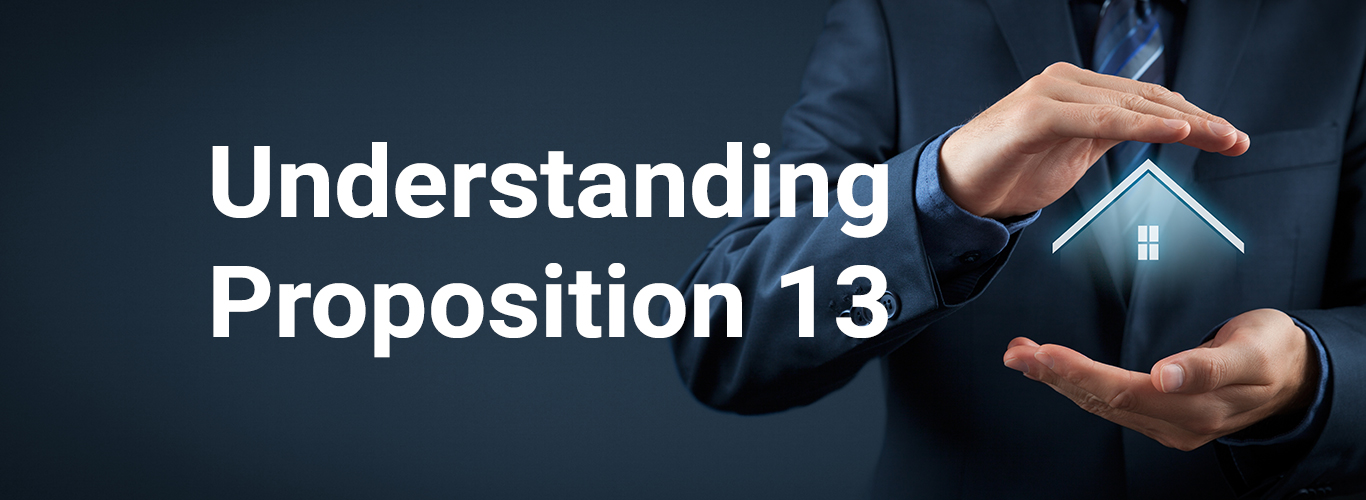Over the next year, real estate values increased by 10% and you could sell your home for $110,000. That's good, you acquired $10,000 in equity. Even though the market value increased by 10%, the factored base year value could only increase 2% to $102,000, because of the limits set by Prop. 13. The Assessor compares the market value to the factored base year value, and enrolls the lesser of the two. The assessed value is $102,000.
The real estate market continued to grow, and property values in Santa Clara increased another 10% the following year. Last year you could have sold your home for $110,000, this year you could sell it for $11,000 more, or $121,000. But your Prop. 13 factored base year value was considerably less. Last year's value of $102,000 plus 2% gives you a new factored base year value of $104,040. The Assessor again compares the two values, and enrolls the lowest one. This year's assessed value is $104,040.
You can see in this example, after 2 years the difference between the market value and the assessed value is $16,960! Proposition 13 protected you from unpredictable increases in property taxes because the assessed value was based on factored base year value, not market value. But what happens if the market value goes down? Proposition 8 allows the Assessor to temporarily reduce the assessed value of property if the market value is lower than the factored base year value. This is exactly what happened a few years ago to many property owners in Santa Clara. As a result the Assessor temporarily reduced the assessed value of over 100,000 parcels.
Let's go back to our example and say the market dropped 20%, and you could only sell your home for $96,800. At the same time, the last factored base year value of $104,040 is increased by 2% to $106,120. The Assessor compares the two values and sees that the market value is lower. The property receives a temporary reduction because of Prop. 8, and the assessed value drops from $104,040 to $96,800.
When the real estate market rebounds, market values of many properties are once again higher than their factored base year values. As a result, the Assessor is returning many parcels to the value limits set by Prop. 13. That means that if you received a temporary reduction in the past, you could see what looks like a greater than 2% increase in the assessed value this year. Here's what's happening; the temporary relief that Prop. 8 gave you due to the depressed real estate market is now over and the assessed value is returning to the limits set by Prop. 13. In many cases, the assessed value is still much lower than the current market value of the property.
Back to our example, suppose the market jumps 30% in one year and you could sell your home for $125,840. The factored base year value is increased by 2% from $106,120 to $108,242. Now the factored base year value is lower than the market value, so the Assessor enrolls an assessed value of $108,242. Your assessed value goes up from $96,800 last year to $108,242 this year. You are again receiving the benefits of Prop. 13, and your assessed value is $17,598 lower than the market value.
Can the Assessor increase your assessed value more than 2% in one year? Yes, your assessed value can go up more than 2% in one year if you received a temporary (Prop. 8) reduction in the previous year, but it cannot go higher than the factored base year value which is limited to increases of no more than 2% per year. Your situation may be different, and the Assessor's staff is ready to help you understand the assessed value of your property. If you have any questions, or think that the market value of your home is lower than the new assessed value on the value notice mailed in late June, contact the Assessor's Office.



